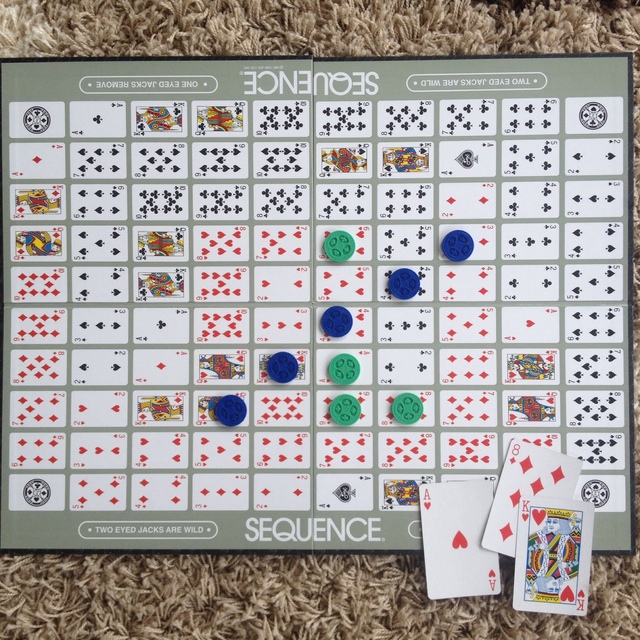


However, instead of continuing to play solidly, white decided to set a trap for black. This move was effective because it activated the least active piece on the board and put pressure on black’s position. White then applied the principle of the least active piece and played rook to e1, attacking black’s queen. However, in the actual game, black played pawn to f5, which was an aggressive move that aimed to gain control of the center of the board. Then, black could bring the rook into play by moving it to e8 or f8. The logical move for black would be to play bishop down to a more active square, such as d6 or e7. Therefore, black should work to activate these pieces and bring them into play. These pieces are not yet participating in the game and are not doing anything useful. In the given position, it is black’s turn to play, and their least active pieces are the bishop and rook on the kingside. This is an important strategy in chess that can help players to make better moves and win the game.Ĭonsider the following position, where it is black to play This was enough to give white the winning advantage.īy identifying and improving the least active piece on the board, white was able to activate their pieces and gain an advantage over their opponent. Black was forced to give the piece back, and white ended up with an extra pawn and a more active position. After Black recaptured, white took the bishop on e5, and then played queen to h5, double attacking black’s king and knight. Black captured the pawn on e4, but white then made an interesting tactical move with the bishop taking h7. In the actual game, a white played pawn to e4, which opened up the diagonal for the bishop and enabled White to play bishop g5 on the following move. Therefore, white should work to activate these pieces and bring them into play. These pieces are doing nothing at the moment and are not participating in the game. In this case, it is the bishop and rook on the queenside. To apply the principle of the least active piece, white must identify the least active piece on the board. In the given position, white has several options available, including queen to c2, rook to e1, exchanging the pawn on d5, pushing the pawn forward to gain some space, advancing the e4 pawn in the center, or playing b3 to shadow the dark-squared bishop on b2. In chess, while playing white chess games players have many options to choose from when making their moves. Let’s take a look at some examples of how the principle of the least active piece can be applied in the game. You can move a piece to a better square or find a way to activate it. Once the least active piece is identified the player must work to improve its position to get better results. This could be a piece that has not moved yet or one that is not doing anything useful in the game.

To use this strategy in chess games, players must identify the least active piece on the board. It can help players to get better moves and win the game. This strategy can be used at any stage of the game whether it is the beginning, middle point, or ending moves. In any position, chess players will find their least active piece and improve its position. The principle of the least active piece is a very simple strategy. This strategy is easy to learn and can help players improve their chess skills. This best chess strategy is called the principle of the least active piece. There is a strategy that can help chess players to make the right moves in almost any position. In a chess game, successful players are the ones who can think ahead and predict their opponent’s moves and take action quickly. Chess is a classical board game that requires strategies, skills, and careful chess openings.


 0 kommentar(er)
0 kommentar(er)
